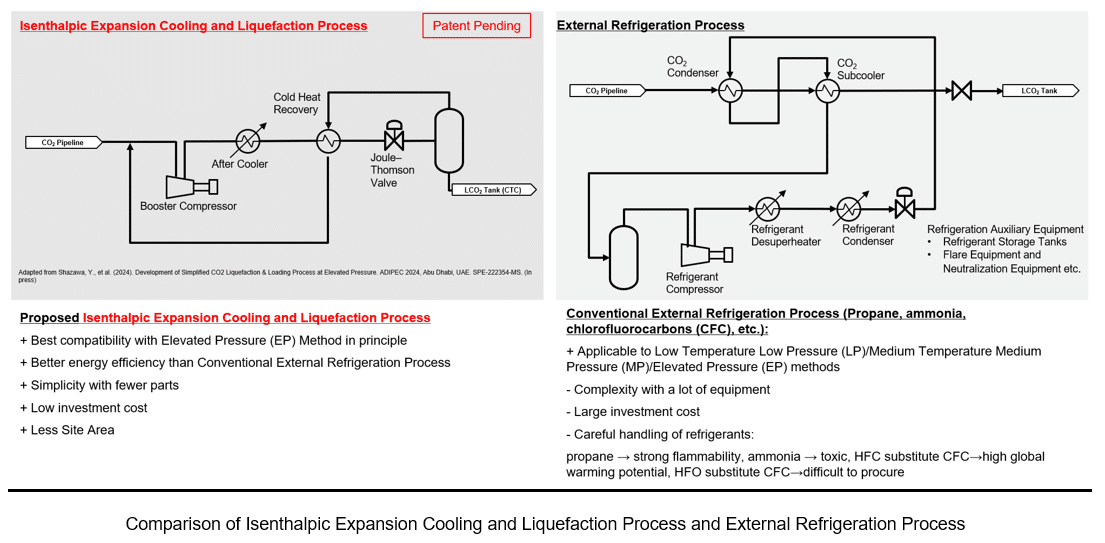NYK, JX, and KNCC Test New CO2 Storage Technology to Save Space and Cut Costs

NYK, JX Nippon Oil, and KNCC Test New CO2 Storage Technology
In an exciting step for the future of carbon capture and storage (CCS), three big companies—NYK, JX Nippon Oil & Gas Exploration (JX), and Knutsen NYK Carbon Carriers (KNCC)—have teamed up to test a new way of storing carbon dioxide (CO2). The companies believe this new method could help save space, cut costs, and make it easier to capture and store CO2.
On August 28, the companies tested this new method at KNCC’s special test facility in Norway. The process involves cooling and liquefying CO2 using a technique called the “Elevated Pressure (EP) Method.” By storing the CO2 at normal room temperature, but at high pressure, it becomes easier to transport and store in liquid form.
How the Process Works
Earlier this year, in May, the three companies came up with a new way to turn CO2 gas into liquid form. They designed a system that uses a cooling method called isenthalpic expansion. This system cools the CO2 and turns it into a liquid under high pressure. Once the CO2 is in liquid form, it is stored in special tanks called “LCO2-EP Cargo Tanks,” which belong to KNCC.
During their test in Norway, the companies used CO2 that was similar to what would come from real industrial operations, such as factories or power plants. They then liquefied this CO2 and stored it in their special tanks. This test proved that their new technology works and is ready for further use. The companies achieved a “Technology Readiness Level 6” (TRL 6), which means the system is proven to work in a real environment, but still needs more development.
Benefits of the New Process
This new method is expected to bring many benefits. One of the biggest advantages is that it uses about 20% less energy compared to older methods of turning CO2 into liquid. This energy saving is important because capturing and storing CO2 can use a lot of power.
MOL and JX Sign MoU for Development of Cross Border CCS Value Chain
Another benefit is that the equipment needed for this process is smaller and simpler. Because of this, the system can be built on a floating platform or be made into a modular system, which makes it easier to transport and install. This could also help lower the overall cost and reduce the amount of space needed for CO2 storage.
Why It Matters for the Environment
The process the companies are testing is part of a larger effort to fight climate change. CCS, or carbon capture and storage, is a way to prevent CO2 from being released into the atmosphere, where it can contribute to global warming. By capturing CO2 at the source (like factories or power plants) and then storing it underground or under the ocean, we can keep it out of the air.
This new technology could make the whole CO2 storage process cheaper and more efficient, which would encourage more companies to use it. In the long run, this could help reduce the amount of harmful greenhouse gases in our atmosphere and slow down climate change.
What’s Next?
The results of this test will be shared at future conferences, and the companies plan to keep working on improving the system. They hope to eventually use this new technology in real-world CCS projects, helping industries around the world lower their carbon footprint.
By working together, NYK, JX Nippon Oil, and KNCC are showing that new ideas and technologies can play a big role in protecting our planet.
